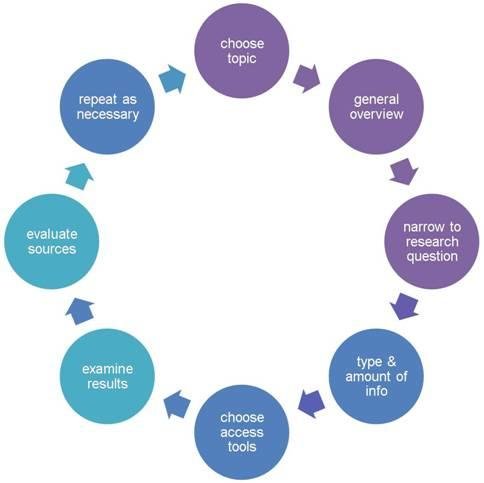Introduction
The main aim of the research project was to establish what sports statistics that best predict player’s salaries; to get the measurable parameters for the research, Major League Baseball was chosen as the sampling sport. However, the number of players involved could not allow data to be collected from each one of them; thus a sample population was chosen. This paper describes the research process undertaken to collect, analyze, interpolate and generalize the data.
Research Goal and Objective
The research aimed at creating a model that can assist in predicting players in major basketball leagues salaries; with the model, policymakers, players, teams, and other stakeholders can easily predict how much a player is likely to earn from an engagement.
Data Collection
Data were collected from a total of 380 players in the income and parameters that were used to settle their dues in 2008; the information was gotten through official basketball website and questionnaires of coaches, players, and club chairmen.
The Statistics That Were Collected/Considered
There were several variables that the research had; they are:
- Batters Faced (BFP) Shut Outs (SHO)
- Saves (SV) IPouts
- League Intentional Walks (IBB)
- Wild Pitches (WP) Hit By Pitched (HBP)
- Balks (BK) Games Finished (GF)
- Runs (R) Hits (H)
- Earned Runs (ER) Homeruns (HR)
- Complete Games (CG) Walks (BB)
- Strikeouts (SO) ERA
- Salary Throws
- Wins (W) Losses (L)
- Games (G) Team
The above variables were used to collect relevant data for the research and had different weights according to the role they played in determination of a player’s salary.
Method and Research
To complete the research, there were seven main steps that were undertaken; they are:
- Choosing the research topic: out of the given number of issues, problems, or queries, the researchers settled on a single item that aimed at determining the main parameters that determine players’ salaries.
- General overview: after choosing the topic, the research team decided to review the available information to ensure that the base of the problem was wide and comprehensive; at this stage, the researchers were concerned with known parameters that determine players’ salaries like the club a player is playing for.
- Narrowing down: with the general information collected, the researchers had to come with specific topics and questions that should be answered by the research; although individual variable was addressing something different, in total they were to offer a concrete answer to the research question.
- Determination of type and amount of information: with the specific research questions at hand, the next step was to choose the kind of information to collect as well as the source of the information.
- Choosing the access tools: there are different methods of accessing data; the methods that were used for this research are library catalogs (for general information on the field), periodicals, internet, and questionnaires.
- Result examination: with the data having been collected, it had to be sort and trimmed, this assisted in separating irrelevant data and retaining credible information. The step was a strong step in preparing for data analysis, interpolation, and the making of inferences.
- Repeating and generalization: research process is a cycle. Thus there was a need to repeat the process once again to correct any mistake, make adjustments, and polish issues that might have been encountered (Burns, 2000).

References
Burns, R. B. (2000). Introduction to Research Methods. London: Sage.